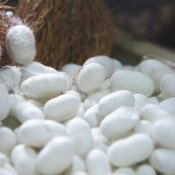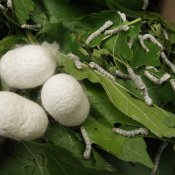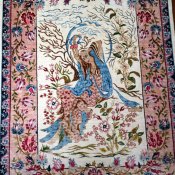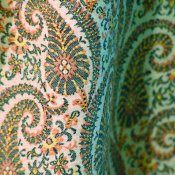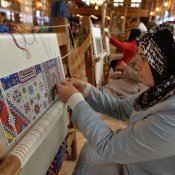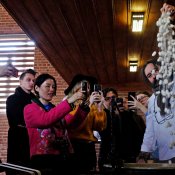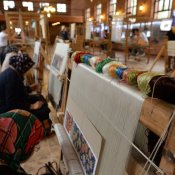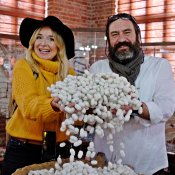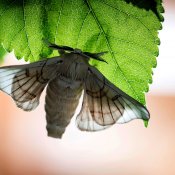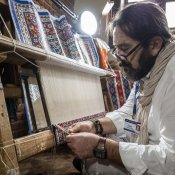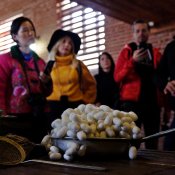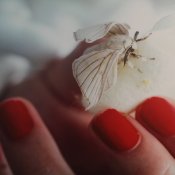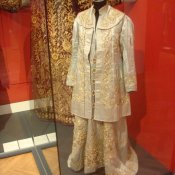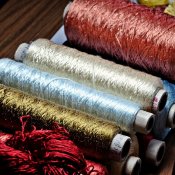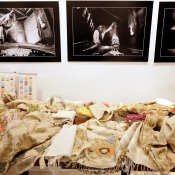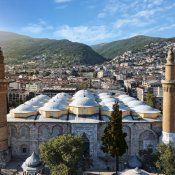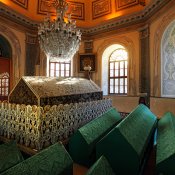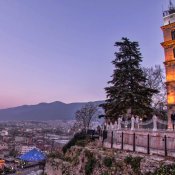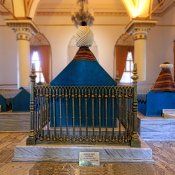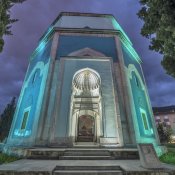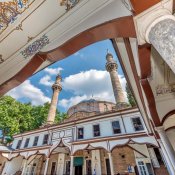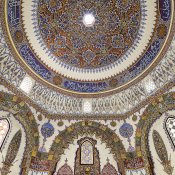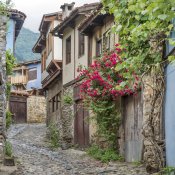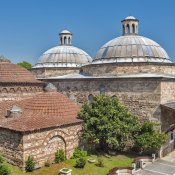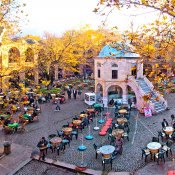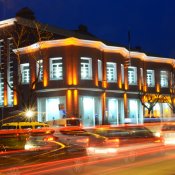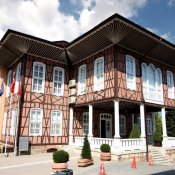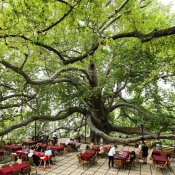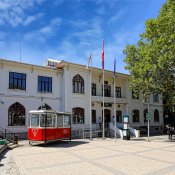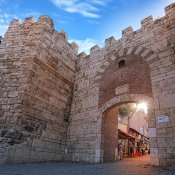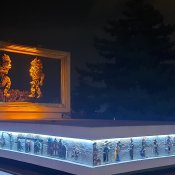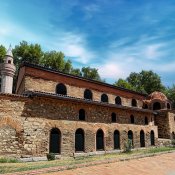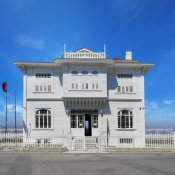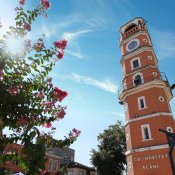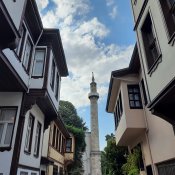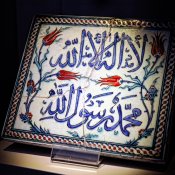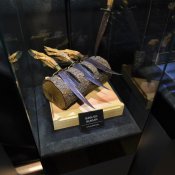Bursa Silk
Bursa Silk
Bursa, which is one of the last stops and important centers of the Silkroad route in Anatolia, is known as a city identified with silk and sericulture. The terms "silk" and "sericulture" are among the values that have carried Bursa's name, green, beauty with caravans of the world for centuries.
The history of silkworm breeding, which is the first stage of sericulture, dates back to ancient times. Towards the end of the Byzantine period, Bursa started to be considered the center of silk and silkworm breeding. Bursa became the center of sericulture, After the Ottomans conquered Bursa during the Orhan Bey period. Bursa sericulture was the mainstay of the Ottoman economy in the 14th and 15th centuries.
In 1860 There were 37 silk mill and 5 thousand silk weaving loom in Bursa. In 1888, the French founded the Silkworm Research Institute for growing mulberry tree seedlings and insect seeds (eggs) in Bursa. The institude had 30 acres of mulberry nursery and 20 acres of seed production facility in the city.
Today, Bursa sericulture has received its protected geographical indication with the application of Bursa Metropolitan Municipality and it is produced in the Muradiye Silk Factory and then, turned into a final product in the Umurbey Silk Production and Design Center.
Bursa silk is offered for sale in different parts of Bursa, particularly Kozahan, the center of sericulture.



